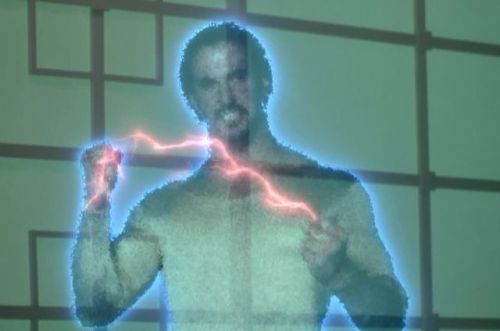Both Bobba and Coristine are listed in internal OPM records reviewed by WIRED as “experts” at OPM, reporting directly to Amanda Scales, its new chief of staff. Scales previously worked on talent for xAI, Musk’s artificial intelligence company, and as part of Uber’s talent acquisition team, per LinkedIn. Employees at GSA tell WIRED that Coristine has appeared on calls where workers were made to go over code they had written and justify their jobs. WIRED previously reported that Coristine was added to call with GSA staff members using a non-government Gmail address. Employees were not given an explanation as to who he was or why he was on the calls.
Farritor, who per sources has a working GSA email address, is a former intern at SpaceX, Musk’s space company, and currently a Thiel Fellow after, according to his LinkedIn, dropping out of the University of Nebraska-Lincoln. While in school, he was part of an award-winning team that deciphered portions of an ancient Greek scroll.
Kliger, whose LinkedIn lists him as a special advisor to the director of OPM and who is listed in internal records reviewed by WIRED as a special advisor to the director for information technology, attended UC Berkeley until 2020; most recently, according to his LinkedIn, he worked for the AI company Databricks. His Substack includes a post titled “The Curious Case of Matt Gaetz: How the Deep State Destroys Its Enemies,” as well as another titled “Pete Hegseth as Secretary of Defense: The Warrior Washington Fears.”
Killian, also known as Cole Killian, has a working email associated with DOGE, where he is currently listed as a volunteer, according to internal records reviewed by WIRED. According to a copy of his now-deleted resume obtained by WIRED, he attended McGill University through at least 2021 and graduated high school in 2019. An archived copy of his now-deleted personal website indicates that he worked as an engineer at Jump Trading, which specializes in algorithmic and high-frequency financial trades.
Shaotran told Business Insider in September that he was a senior at Harvard studying computer science, and also the founder of an OpenAI-backed startup, Energize AI. Shaotran was the runner-up in a hackathon held by xAI, Musk’s AI company. In the Business Insider article, Shaotran says he received a $100,000 grant from OpenAI to build his scheduling assistant, Spark.
Got a Tip?
Are you a current or former employee with the Office of Personnel Management or another government agency impacted by Elon Musk? We’d like to hear from you. Using a nonwork phone or computer, contact Vittoria Elliott at vittoria_elliott@wired.com or securely at velliott88.18 on Signal.
“To the extent these individuals are exercising what would otherwise be relatively significant managerial control over two very large agencies that deal with very complex topics,” says Nick Bednar, a professor at University of Minnesota’s school of law, “it is very unlikely they have the expertise to understand either the law or the administrative needs that surround these agencies.”
Sources tell WIRED that Bobba, Coristine, Farritor, and Shaotran all currently have working GSA emails and A-suite level clearance at the GSA, which means that they work out of the agency’s top floor and have access to all physical spaces and IT systems, according a source with knowledge of the GSA’s clearance protocols. The source, who spoke to WIRED on the condition of anonymity because they fear retaliation, says they worry that the new teams could bypass the regular security clearance protocols to access the agency’s sensitive compartmented information facility (SCIF), as the Trump administration has already granted temporary security clearances to unvetted people.
This is in addition to Coristine and Bobba being listed as “experts” working at OPM. Bednar says that while staff can be loaned out between agencies for special projects or to work on issues that might cross agency lines, it’s not exactly common practice.
“This is consistent with the pattern of a lot of tech executives who have taken certain roles of the administration,” says Bednar. “This raises concerns about regulatory capture and whether these individuals may have preferences that don't serve the American public or the federal government.”
Additional reporting by Zoë Schiffer and Tim Marchman.








